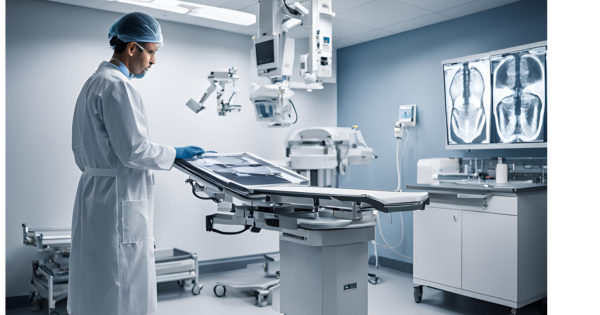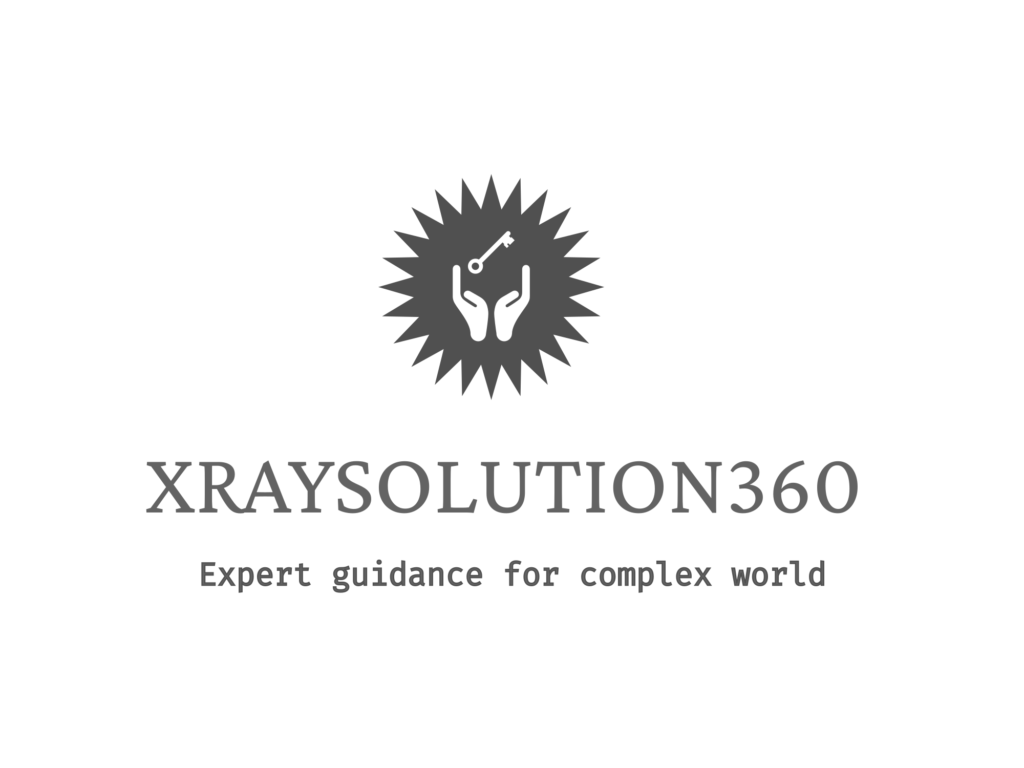
RP Registration, or Radiation Professional Registration, is a process through which individuals involved in radiation safety, including those designated as Radiological Safety Officers (RSOs), are registered in the e-Licensing of Radiation Applications (e-LORA) system of the Atomic Energy Regulatory Board (AERB). This registration is crucial to formalize the qualifications and roles of professionals responsible for radiation protection within a facility using X-ray or other radiation-generating equipment.
1. Purpose of RP Registration:
- Formal Recognition: It provides formal recognition to professionals who are qualified to handle radiation safety duties, such as RSOs, X-ray technologists, and other personnel involved in radiation protection.
- Tracking and Compliance: Through RP registration, AERB can effectively track and regulate all radiation professionals to ensure compliance with safety regulations and standards.
- Qualification Verification: Registration ensures that the qualifications and expertise of individuals involved in radiation work are verified, and only certified professionals are responsible for radiation safety tasks.
2. Who Needs RP Registration:
- Radiological Safety Officers (RSOs): RSOs are the designated safety professionals responsible for ensuring that radiation practices comply with AERB guidelines. RP registration is a prerequisite for becoming an RSO.
- X-ray Technologists: Individuals who operate X-ray equipment and manage radiation safety in diagnostic radiology also need to be registered.
- Medical Practitioners: Doctors and medical professionals who are involved in procedures requiring the use of radiation must also undergo RP registration.
3. Designation of Radiological Safety Officer (RSO):
- Once an individual is registered as an RP in the system, they can be nominated as an RSO.
- The RSO must have undergone specific training and hold qualifications as per AERB standards, which are verified during the RP registration.
4. Documents and Information Required:
- Personal Information: Name, gender, date of birth, and contact details.
- Service Information: Details like the date of joining, role within the institution, and department are also required.
- Qualification Documents: Proof of education and certification relevant to radiation safety must be uploaded.
- PMS Number: The Personal Monitoring Service (PMS) number is also required, which tracks radiation exposure levels for the professional.
5. Benefits of RP Registration:
- Ensures Safety: By ensuring that only qualified personnel are registered to handle radiation, RP registration helps maintain high safety standards at all radiation facilities.
- Accountability and Compliance: It makes radiation professionals accountable for following regulatory standards and helps AERB maintain a database of qualified individuals in the radiation field.
- Efficient Regulatory Oversight: With registered RPs, AERB can efficiently monitor compliance, ensuring that all radiation activities are conducted by certified and trained individuals.
Summary:
RP Registration is a critical regulatory process managed by AERB to ensure that all individuals involved in radiation safety and operation are qualified and accountable. It plays an essential role in tracking radiation professionals, verifying their qualifications, and ultimately ensuring that radiation use remains safe for both the operators and the general public. This process is conducted through AERB’s e-LORA system, which centralizes and manages the regulatory requirements for radiation safety professionals.


